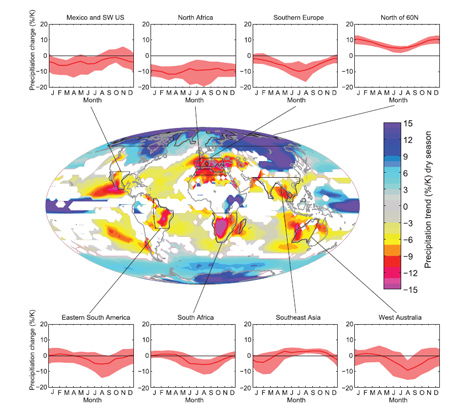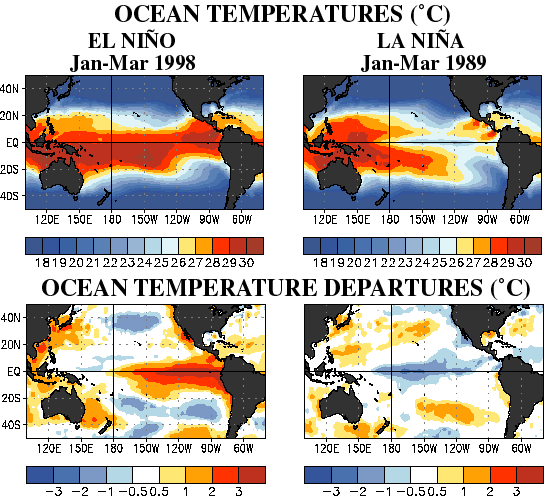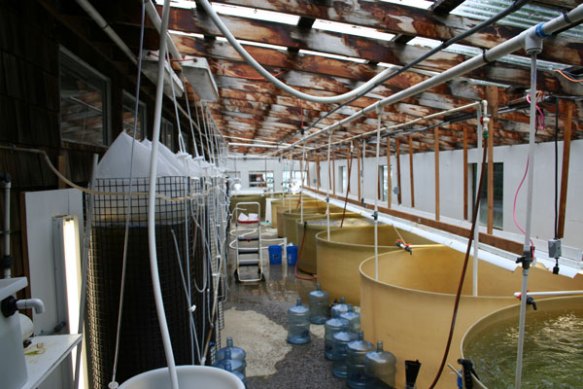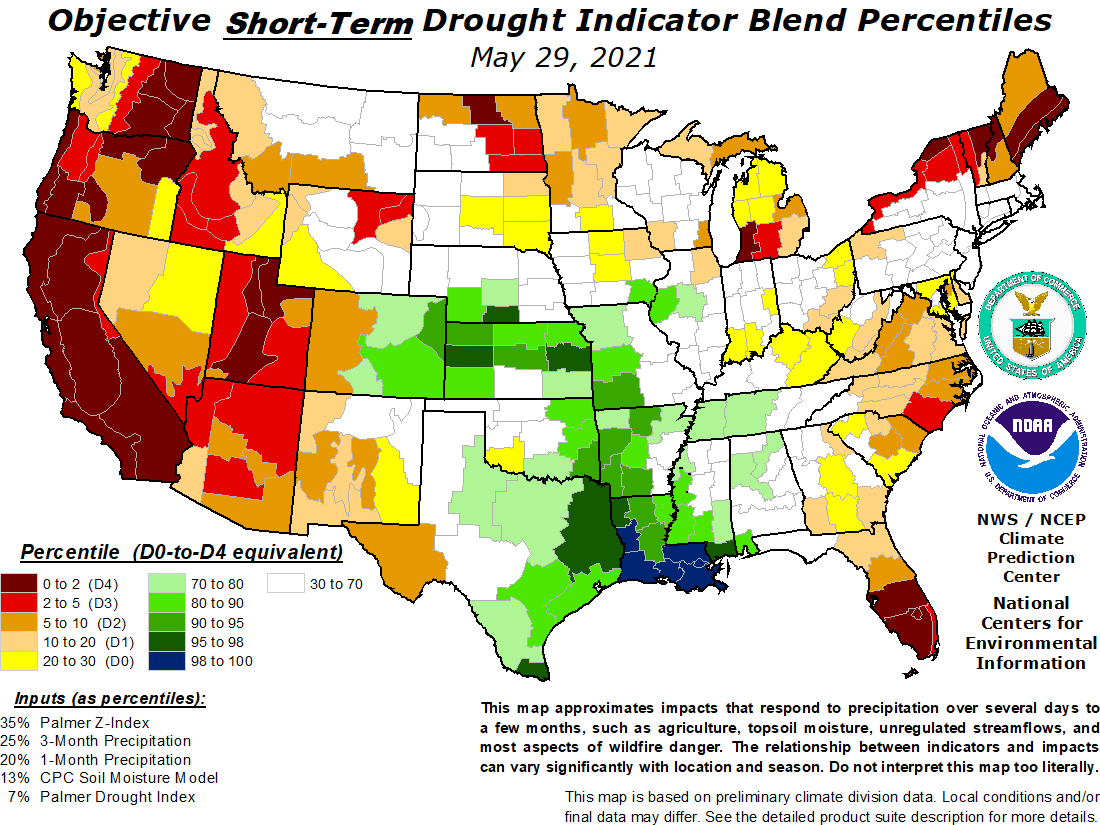 Are you interested in climate change prediction? Though a Pew Center poll from last fall put concern for climate change at the bottom of the list of most American’s environmental priorities, many profess an interest in determining the direction of climate in this century (regardless of their opinions about the sources of climate trends).
Are you interested in climate change prediction? Though a Pew Center poll from last fall put concern for climate change at the bottom of the list of most American’s environmental priorities, many profess an interest in determining the direction of climate in this century (regardless of their opinions about the sources of climate trends).
The key issues with climate prediction are complicated at best but can boiled down to three important themes:
- Can we find the range of change that can be expected under various scenarios? How warm can we get and where will that warming be most felt? Will it be 1 degree Celsius or 7? This is largely a question of understanding the physics of our planet, sun and atmospheric “skin.”
- Can we determine the sensitivity of the planet’s various systems to change? This is a question of where warming will occur and how it will impact ecosystems, agriculture, oceans, or specific weather patterns.
- Can we get to climate prediction that balances appropriate scale against societal relevance? This is an important question because most of the common climate change reports show results that are of fairly course resolution. That is to say, when you look at your home, community or even state on a climate change map, it is usually just a tiny dot on a big spot on the map that is different in 20, 50 or 100 years time. Getting the spots–or more accurately, the grids–to be smaller is important for answering questions about local temperature, rainfall and other predicted changes. These grids have to be big enough, however, to encompass change information.
Answering these questions is done by modeling the climate system (solar energy inputs, clouds, heat-trapping gases, ocean absorption, vegetation, snow and ice, etc.) against the historical records–some really old such as ice core or tree ring data or more modern like weather records since 1870–and current trends in, for example, volcanic eruptions and greenhouse gas emissions. Until recently, most of that was done by enormous–“super”–computers that could make the millions–and billions–of different computations happen quickly and repeatedly. Continue reading






